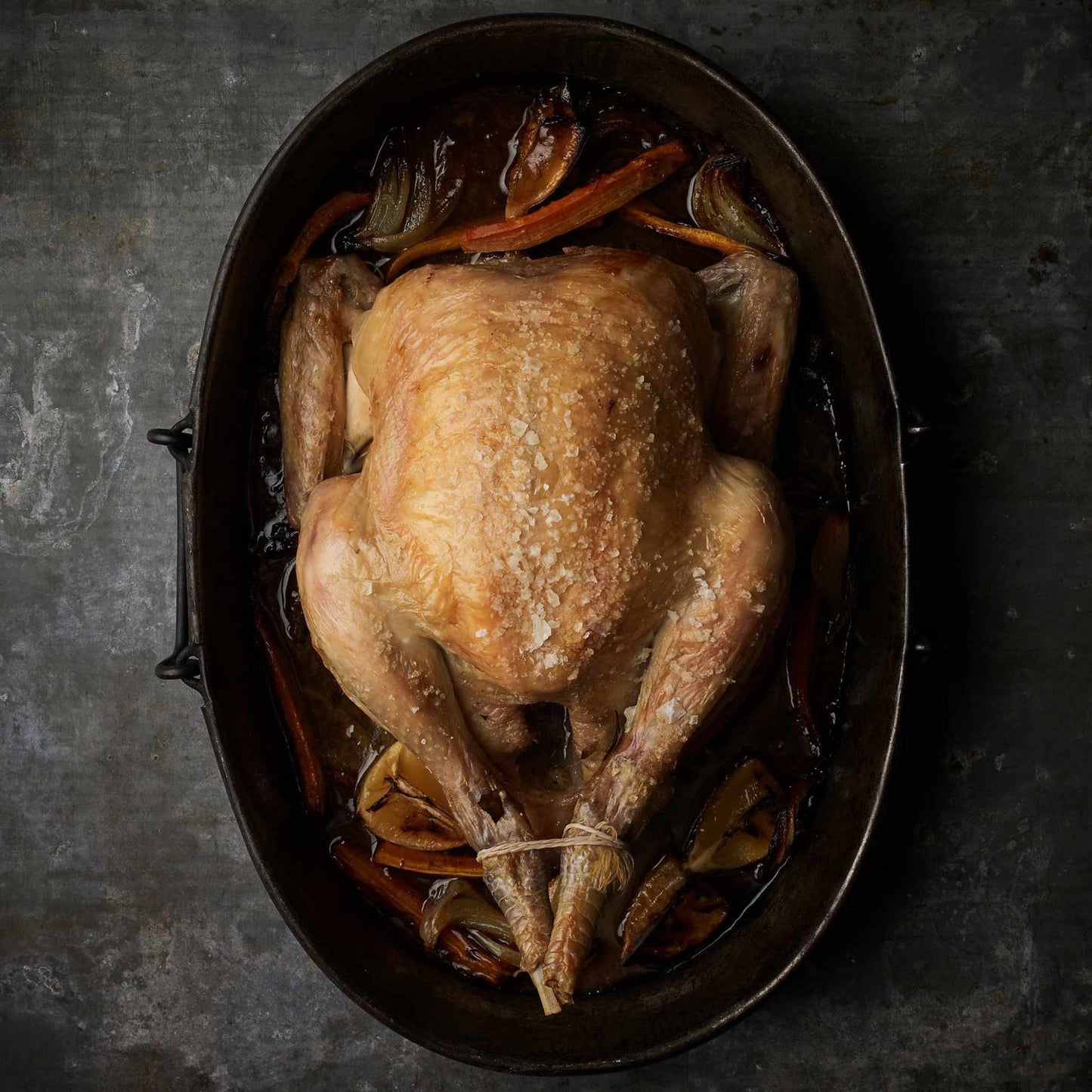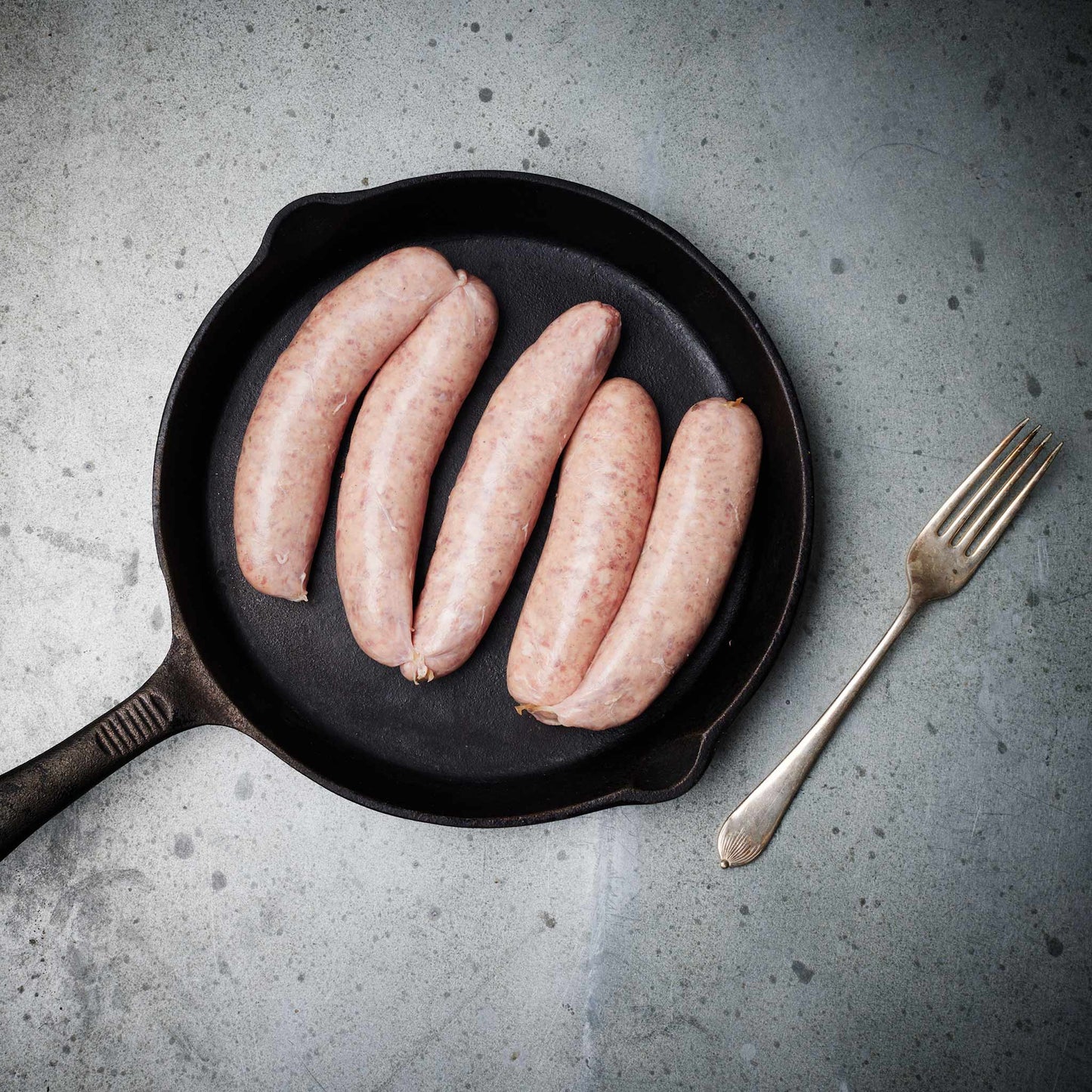We source our chicken from one farm in Leicestershire. The farm is Pasture for Life certified and rears truly free range, outdoor birds.

As we scan the supermarket shelves we are still seeing high food prices - in many cases a direct response to increased costs at the farm/supplier level.
For most livestock farms the biggest input costs are a combination of the three 'F's: FEED, FUEL & FERTILISER.
The global political situation, most notably the war in Ukraine, has caused these three input costs to increase significantly.
We'll review them individually and explain how we can mitigate risk by simply farming without them!
So how can farmers farm without fuel?
The three F's of feed, fuel and fertiliser are interlinked. When zero fertiliser is used on the land there is no need for farmers to use large machinery to spread it. The same is true of feed. However, a farmer does need some form of transportation to move across the land!!
Several of our farmers have forgone the red diesel powered tractors and switched to a more future proof method of transport.
A new wave of electrically powered quad bikes can handle the job adequately. Bikes such as the Explorer GT offer great performance and can be charged with solar panels.
Feed
The Solution...
Grazing animal feed:
The simple solution to protect prices? Remove feed from our farming systems altogether and grow it ourselves - either on-farm as a crop or in the case of the grazing animals - pasture.
Non grazing animal feed:
With the monogastrics (or non grazing animals) it's not so easy but there are ways of drastically reducing the cost. The most obvious way is to keep the animals in a natural system where they derive some of their nutritional needs from the land. One of our partner farmers estimates that his chickens gain as much as 40% of their feed from the plants, roots and bugs on the land they're moved across. The rest of their feed is made up from locally grown grains and seed meal.
Fertiliser
"Just because cattle can be described as 'grass fed' doesn't necessarily mean that no fertilisers are used. It is common, even in grass only systems to apply NPK fertiliser (that is a fertiliser containing the elements Nitrogen Potassium and Phosphorus) to encourage grass growth. However, there is another way."
With regenerative agriculture the cattle create and apply the fertiliser, as one of our farmers states:
"A cow is a fabulous thing, it has a lawn mower at the front and a muck spreader at the back."
When correctly managed by using tools such as rotational grazing plans the biodiversity of a system begins to increase and the system moves towards self sustainability as nutrient recycling increases.
This means that no fertiliser is required - the grazing animals provide everything!
The implication of input cost on food prices
We have seen the price of cheap food rising more quickly than higher priced foods. Cheaper foods are more reliant on these inputs for their production and margins are tight so producers have no choice but to pass these costs on to the consumer.
We know Ethical Butcher meat is not supermarket prices BUT we have been able to control price increases as many of our farmers are moving or already adopt the free inputs of nature - simply sunlight and rainwater!!



